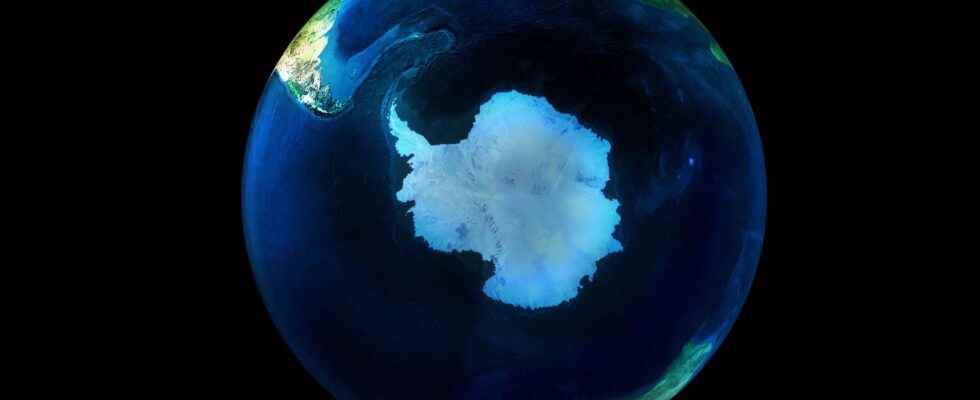Hoping to better understand what lies in store for Antarctica in the years to come, researchers have once again questioned the past. Their goal: to reveal how ice reacted to climate change millions of years ago. And they discovered that Antarctica may be more vulnerable to anthropogenic global warming than they previously thought.
You will also be interested
[EN VIDÉO] Antarctica: discover the magnificent book by photographer Greg Lecoeur At the end of the austral summer, the photographer Greg Lecoeur, the free diver Guillaume Nery and the cameraman Florian Fisher boarded a small sailboat bound for the white continent. Their goal was to dive into the icy waters of the most hostile ecosystem on the planet and witness to its beauty and fragility. © Greg Lecoeur
We have a lot to learn from the past. Scientists know this. And that is why they set out to explore how earth systems reacted to climate changes that some believed to have occurred millions of years ago. They know that during the hottest periods of the beginning of the Miocene era – with temperatures comparable to those possibly expected by 2100 -, around 16 to 18 million years ago, the world sea level rose up to 60 meters above what it is now. They estimate that this corresponds to the equivalent of the melting of all the ice that constitutes Antarctica today.
But to predict how the region will react to the ongoing anthropogenic climate change, we need to go into more detail. Know what the respective contributions of the great ice cap located in eastern Antarctica – rated EAIS for East Antarctic ice sheet – and of the small cap which is to the west – noted WAIS for West Antarctic ice sheet. And researchersImperial College London (United Kingdom) shed light on this subject today. According to them, the WAIS was, during the cold periods of the Miocene, much larger than they had previously thought. It would thus have contributed more markedly to the rise in sea level.
This explains why the models showed that parts of the EAIS could have survived, even during the hottest periods of the last 23 million years. Even as geological records showed significant sea level rise events. Because a larger WAIS – researchers found evidence far offshore – had also melted. The researchers explain that the ice cap west has been able to extend in the past in particular because then, a greater part of the surface of the Earth was above sea level.
Knowing the past to prepare for the future
The trouble is that the western part of the Antarctic ice sheet is considered by experts to be particularly vulnerable to the melting ice that is occurring today under the effect of the anthropogenic global warminge. Because vulnerable to the warming of both the ocean and theatmosphere. The fact that the WAIS expanded and contracted considerably during the Miocene suggests that even with lesser emerged areas today, the western Antarctic ice cap could contribute to an elevation in the future. significant sea level.
“The good news is that large ice caps are relatively slow to respond to environmental changes, so we may still be able to avoid major ice loss in many areas. The bad news is that the lower areas of the ice sheet present a “tipping point”, and we do not yet fully understand where this is. point of no return“, specifies Tina van de Flierdt, researcher at theImperial College London, in one communicated.
This has happened in the past. And researchers believe that keeping warming below 2 ° C, and ideally even 1.5 ° C, should remain the goal. Especially since their work also shows that the WAIS was very sensitive to erosion. Thus, the more time passes, the more the earth’s surface drops below sea level. This will permanently increase the sensitivity of the West Antarctic ice sheet to changing ocean conditions.
Interested in what you just read?
.
fs11
